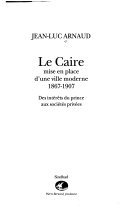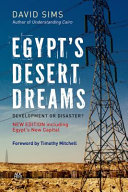Opening The Black Box Of Participatory Planning
A Study Of How Planners Handle Citizens’ Input

نبذة عن الكتاب
Citizen dialogues and other participatory practices are basically the norm in contemporary spatial planning. Nonetheless, what happens to citizen input after it has been collected – how it is handled and utilized by planners in the continuation of the planning process – has been described as a ‘black box’, where most stakeholders lack insight. The aim of this explorative study is to open this black box and examine how citizen input is handled by local planning professionals. This practice lacks a common language and form among the studied municipalities, but the analysis reveals that it takes the form of a ‘sorting process’ in which input is categorized, evaluated and structured in preparation for its integration into final plans. The paper outlines the basic logics and considerations that guide this sorting process, and distinguishes between two modes, which have been termed ‘inclusive’ and ‘selective’ sorting. These modes determine how input is categorized and assessed. The analysis indicates that multiple micro-decisions are made throughout the sorting process, and that these decisions influence the input that reaches formal decision-making bodies, and in what form. The results reveal the power exercised by municipal planning actors and how they affect the destiny of the received citizen input.































